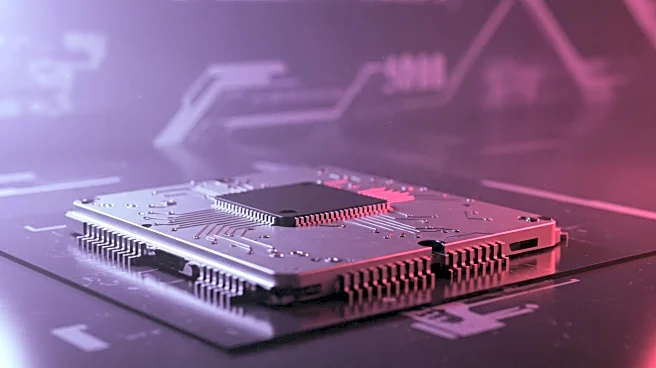Rapid Read • 8 min read
A recent study published in Nature details the development of a highly efficient triple band metasurface absorber designed for 5G and 6G millimeter wave applications. The research focuses on the unit cell geometry of the proposed design, which is printed on a low-profile FR-4 substrate material. The metasurface is engineered to interact with electromagnetic waves arriving perpendicularly, optimizing absorption at specific frequencies. The design incorporates a circular ring resonator and an elliptical resonator, achieving dual-band operation at 28 GHz and 33 GHz, and further enhancing to triple-band performance at 28 GHz, 32.8 GHz, and 38 GHz. The study highlights the absorber's ability to achieve high absorption rates, with efficiency values reaching up to 99% at targeted frequencies.
AD
The development of this triple band metasurface absorber is significant for advancing telecommunications technology, particularly in the realm of 5G and 6G networks. As demand for faster and more reliable wireless communication grows, innovations like this can enhance signal processing and reduce interference, leading to improved network performance. The absorber's ability to efficiently manage electromagnetic waves can contribute to more compact and lightweight electronic devices, which are crucial for the integration of next-generation technologies. This advancement may benefit industries reliant on high-speed data transmission, including mobile communications, autonomous vehicles, and smart city infrastructure.
Further research and development are expected to refine the metasurface design for broader commercial applications. Stakeholders in telecommunications and electronics manufacturing may explore partnerships to integrate this technology into existing systems. Regulatory bodies might assess the implications of deploying such absorbers in public networks, ensuring compliance with safety and performance standards. The study's findings could also inspire additional research into metasurface applications beyond telecommunications, potentially impacting fields like radar systems and medical imaging.
The study raises ethical considerations regarding the deployment of advanced electromagnetic absorbers, particularly in urban environments where exposure to electromagnetic fields is a concern. Long-term studies may be necessary to evaluate the health impacts of widespread use of such technologies. Additionally, the research underscores the importance of sustainable materials in electronics manufacturing, prompting discussions on environmental responsibility in tech innovation.
AD
More Stories You Might Enjoy










